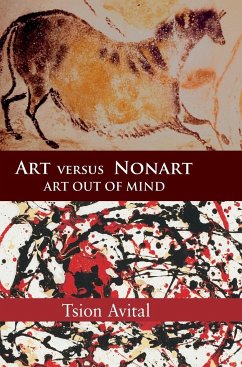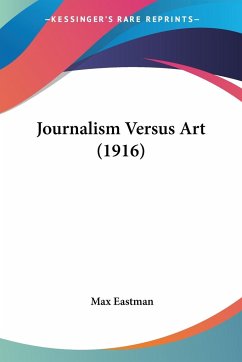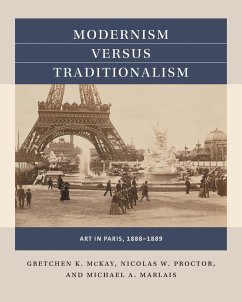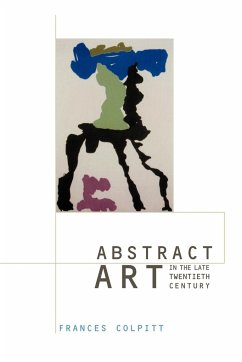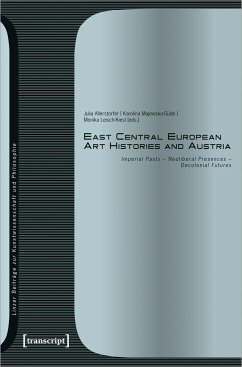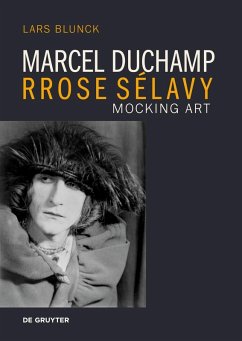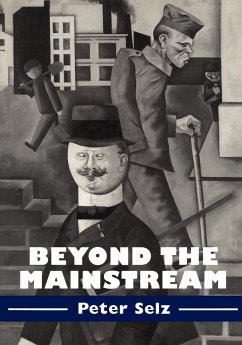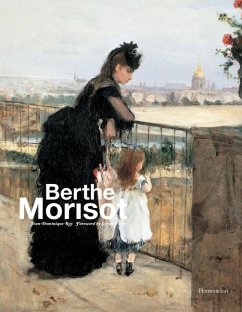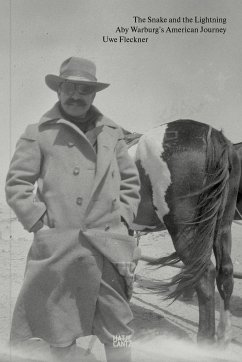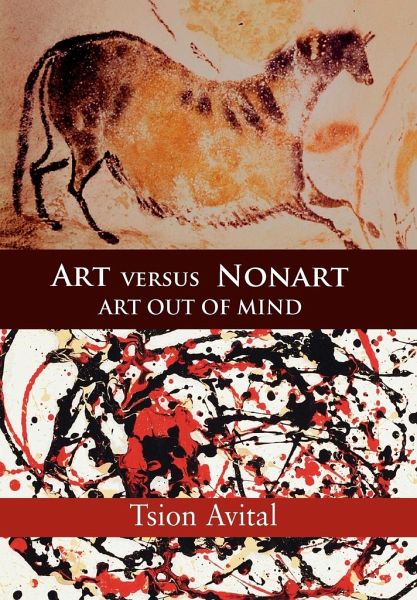
Art Versus Nonart
Art Out of Mind

PAYBACK Punkte
21 °P sammeln!
In Art versus Nonart, Tsion Avital poses the question: 'Is modern art art at all?' He argues that much, if not all, of the nonrepresentational art produced in the twentieth century was not art, but rather the debris of the visual tradition it replaced. Modern art has thrived on the total confusion between art and pseudo-art and the inability of many to distinguish between them. As Avital demonstrates, modern art has served as a critical intermediate stage between art of the past and the future. This book, first published in 2003, proposes a distinct way to define art, anchoring the nature of a...
In Art versus Nonart, Tsion Avital poses the question: 'Is modern art art at all?' He argues that much, if not all, of the nonrepresentational art produced in the twentieth century was not art, but rather the debris of the visual tradition it replaced. Modern art has thrived on the total confusion between art and pseudo-art and the inability of many to distinguish between them. As Avital demonstrates, modern art has served as a critical intermediate stage between art of the past and the future. This book, first published in 2003, proposes a distinct way to define art, anchoring the nature of art in the nature of the mind, solving a major problem of art and aesthetics for which no solution has yet been provided. The definition of art proposed in this book paves the way for a fresh and promising paradigm for future art.





